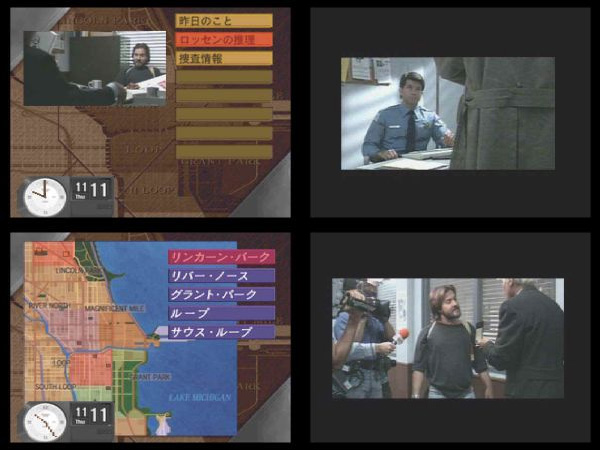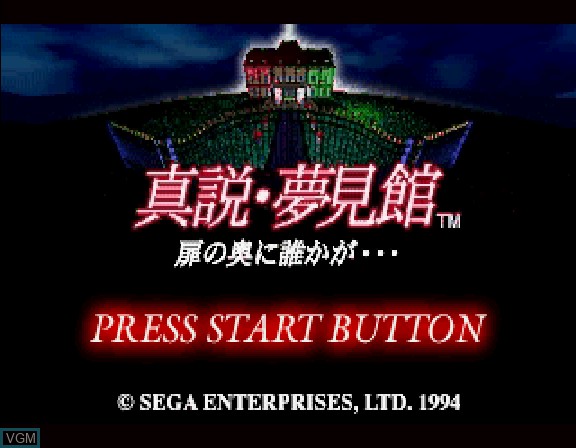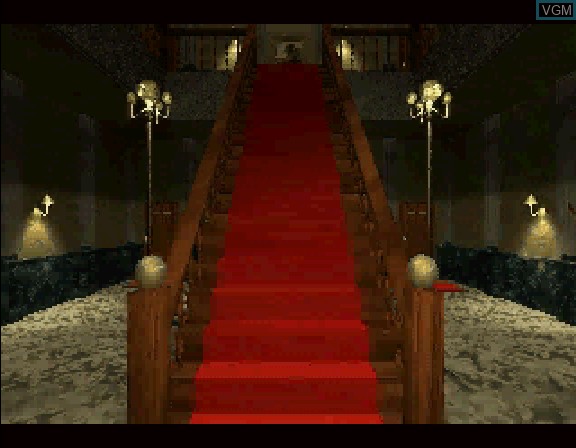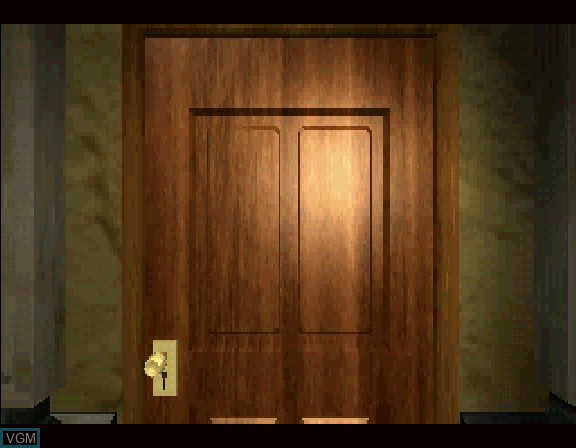Following Murder Club, this is another detective story about the fearless private investigator J.B. Harold. This time, an unknown woman in a red dress was murdered in Chicago. A female detective who began investigating the murder was killed as well, and this time the killer made it look like a suicide. J.B. Harold arrives at Chicago and has now to work together with the local police and to solve the mystery.
J.B. Harold: Blue Chicago Blues is an interactive movie. Most of the player's time is spent watching movie footage (with real actors and scenery). At certain points, the movie freezes, and the player is presented with a screen with two or more choices. Each choice advances the clock, so it is necessary to plan well in order not to run out of time and to successfully solve the case.
WanChai Connection (ワンチャイコネクション) is one of the Sega Saturn's launch titles in Japan, developed by Sega and Micronet in 1994. In the game, you play as a member of the Hong Kong police as they try to solve a murder mystery. In early magazine articles, the game was referred to as Chinese Detective.
The story takes place in 1997 (three years into the future from when the
game was released) in Wan Chai area of Hong Kong island. The naked
woman washed ashore and she doesn't have any recollections. You play as
Michael Lee, a Hong Kong detective trying to find out the truth behind
an attempted murder case.
This game was launched on the same date
Sega Saturn console was released, so it's one of the console launch
titles. Besides talking to characters and typical adventure dialog and
question options, game also features searching for clues mode which lets
you look for clues in 3D environment. Live-action sequences usually
come between story chapters and are not in full-screen.






Enemy Zero is a 1996 survival horror adventure video game for the Sega Saturn, developed by Warp and directed by Kenji Eno. After its Saturn release, it was ported to Microsoft Windows. It was the second game to star the "digital actress" Laura, the first being D, and the third being D2. Laura is voiced by Jill Cunniff of the band Luscious Jackson in the English versions and Yui Komazuka in the Japanese version.
In Enemy Zero, gameplay sequences alternate between interactive full motion video (FMV) and real time exploration, both from a first person perspective. The interactive FMV component uses gameplay identical to an earlier Warp game, D.
The real time component of Enemy Zero is unique. Enemies are invisible, and location is only possible through the use of sound, with notes of different pitch helping the player find the distance and direction of enemies. Additionally, every gun in the game must be charged up immediately before each shot, and charging a shot for too long will cause the charge to dissipate, after which the charging must start over. Since all available guns have very limited range, this makes timing crucial; beginning to charge the gun too late or too soon will allow the enemy to reach Laura, resulting in an immediate game over. Reloading the gun and moving the character around are mechanics that have been made intentionally slow, which stimulates players to avoid combat and direct contact with the alien enemies as much as possible. In the early segments of the game, avoiding detection is not only recommended; it is required, since the player has no means to defend themselves without a gun.
Shinsetsu Yumemiyakata
Gameplay
The Mansion of Hidden Souls, known as Shinsetsu Yumemi Yakata: Tobira no Oku ni Dareka ga... (真説・夢見館 扉の奥に誰かが・・・) in Japan, is a Sega Saturn sequel to Yumemi Mystery Mansion. Awkwardly its prequel is called Mansion of Hidden Souls in North America, which can lead to some confusion.
It was followed by Torico in 1996.
Gameplay is similar to Yumemi Mystery Mansion and Torico
in which the player assumes the role of Jun and solves a series of
strange events with the NPC, Mike. the game uses FMV to render the
titular mansion and the Jun can move down pre-determined paths and
examine objects, some of which can be picked up and added to Juns
inventory.
Unlike the other two games in the series however, (or even similar FMV
adventures such as D or Myst there are no puzzles. instead Jun has to converse with other residents to solve problems using either button ![]() to react positively or
to react positively or ![]() for a negative response. Jun can also give or receive items in successful conversations.
for a negative response. Jun can also give or receive items in successful conversations.
Controls
![]() moves Jun forward, examine objects
moves Jun forward, examine objects ![]() or
or ![]() rotates Jun on the spot,
rotates Jun on the spot, ![]() brings up the inventory,
brings up the inventory, ![]() positive response, use or give item from inventory.
positive response, use or give item from inventory. ![]() negative response.
negative response.

















